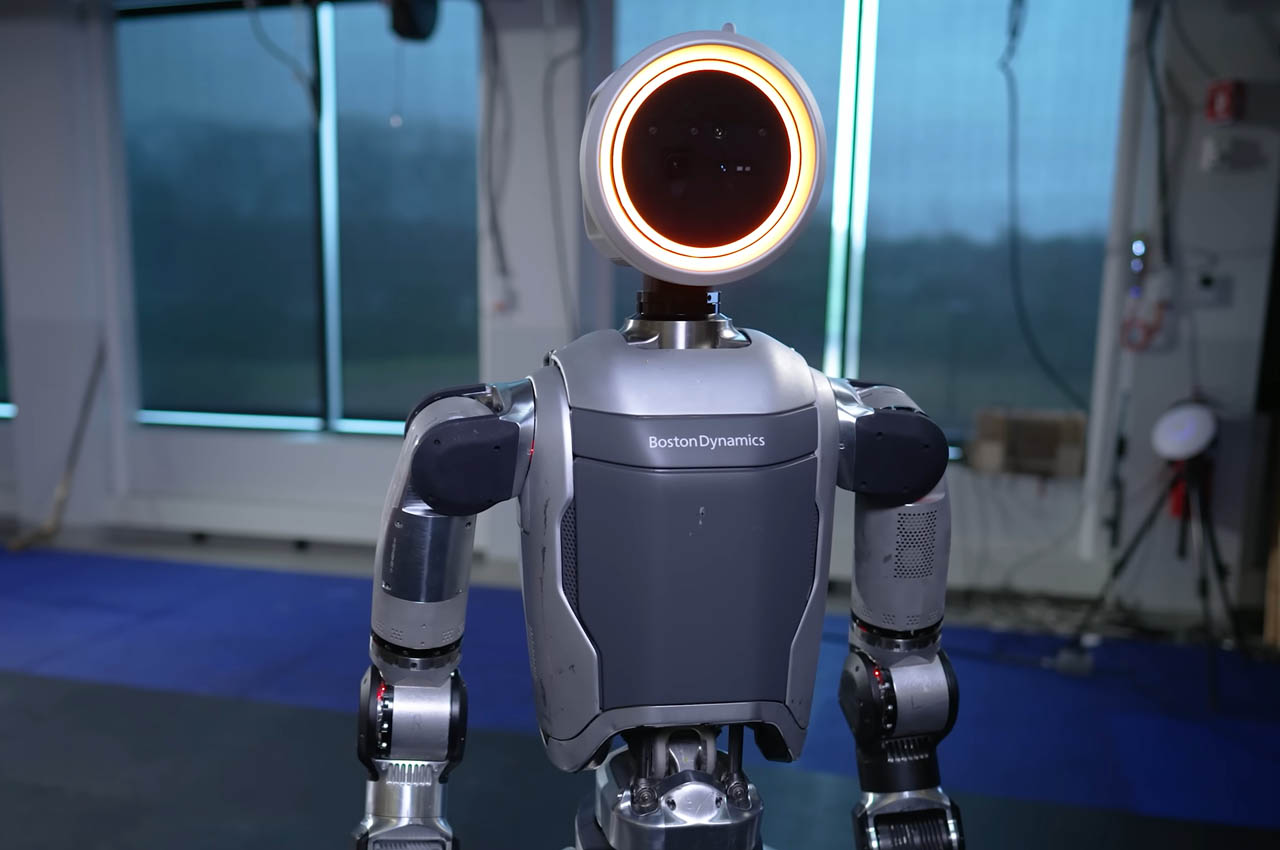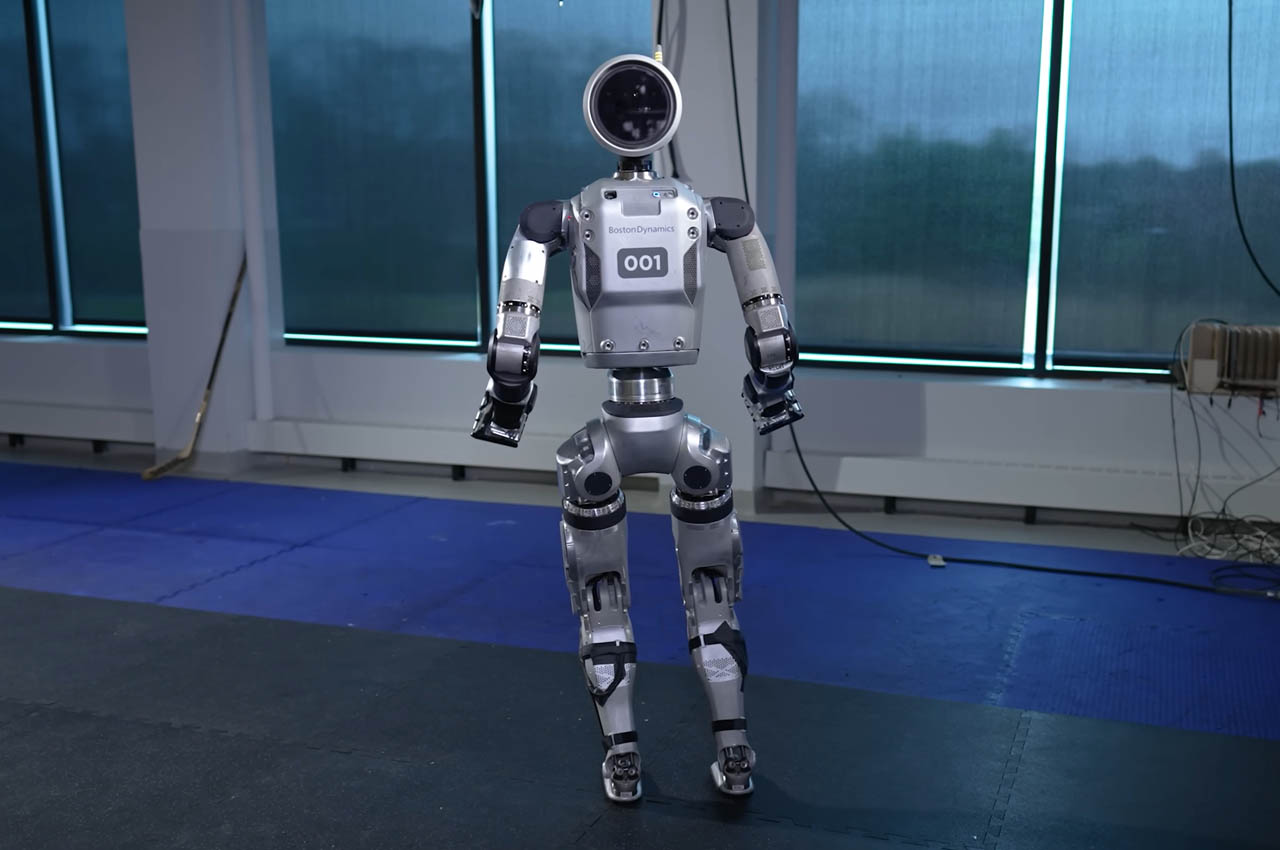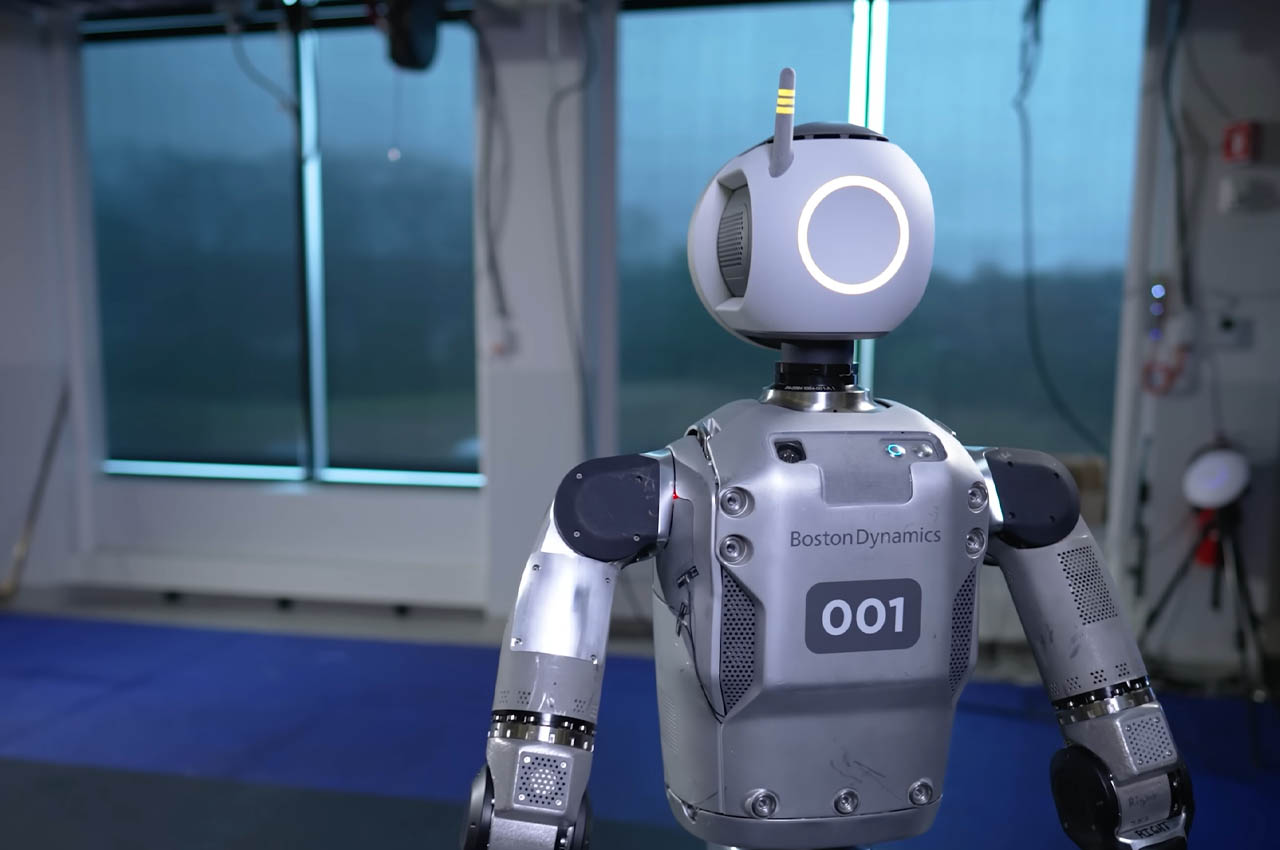Boston Dynamics has been building a fleet of robots for decades now, and they are quite serious about it. the MIT spin-off has made a name for itself with cutting-edge innovations in robotics that serve a purpose for the future. After retiring the Atlas hydraulic robot just a day ago, now the company is looking beyond the horizon with an all-electric Atlas version which is better than the retired predecessor, both in form and physical capabilities. Plus its smartness with new AI and machine learning tools opens up new avenues of applications that we could only have imagined a decade ago.
After a resounding success with Spot the robot dog and Strech multi-purpose mobile robot, they are entering a new era with Atlas that’s more humanoid without having the limitations of a bipedal robot. The result is a super agile robot that can tackle “dull, dirty, and dangerous tasks.” According to Boston Dynamics, electric Atlas is stronger and dextrous. Even though it looks more human than ever, the machine is not limited by the inherent limitations when it comes to our range of motion.
Designer: Boston Dynamics

The new version has a more refined design that’s akin to a sci-fi movie character. It looks eerily close to a humanoid. The electric version has a straighter back, longer limbs, and a head that can rotate 360 degrees. It’s heartening to see all the exposed cables vanish and a face with a built-in ring light. In the teaser video, it can be seen how the Atlas swivels 180 degrees to get up and then turn to head towards the camera. According to BD, the robot “will move in ways that exceed human capabilities.” Hyundai is one of the first clients to test out the nimble robot, and its agility with the interchangeable grippers for varied tasks.


I can’t help but avoid mentioning the Pixar lamp-like head with a jittery motion reminding us all that it’s a robot at the end of the day. We can expect more information to come in about Atlas in the coming weeks, and other humanoid robots from Figure and Apptronik will have to keep a close eye on this development by Boston Dynamics.


The post Boston Dynamics’ Atlas robot reincarnates as an all-electric humanoid that’s more agile and good-looking first appeared on Yanko Design.